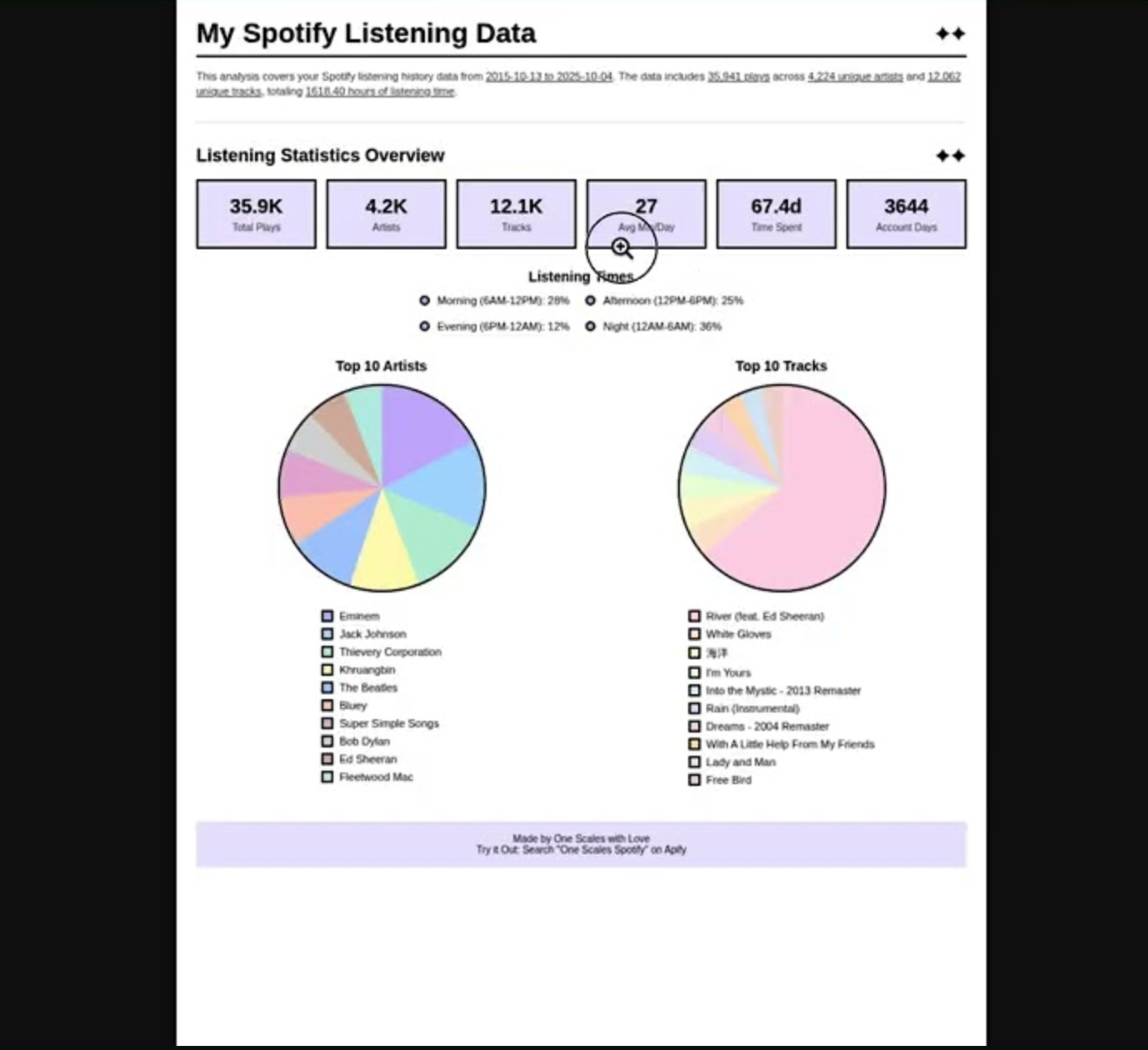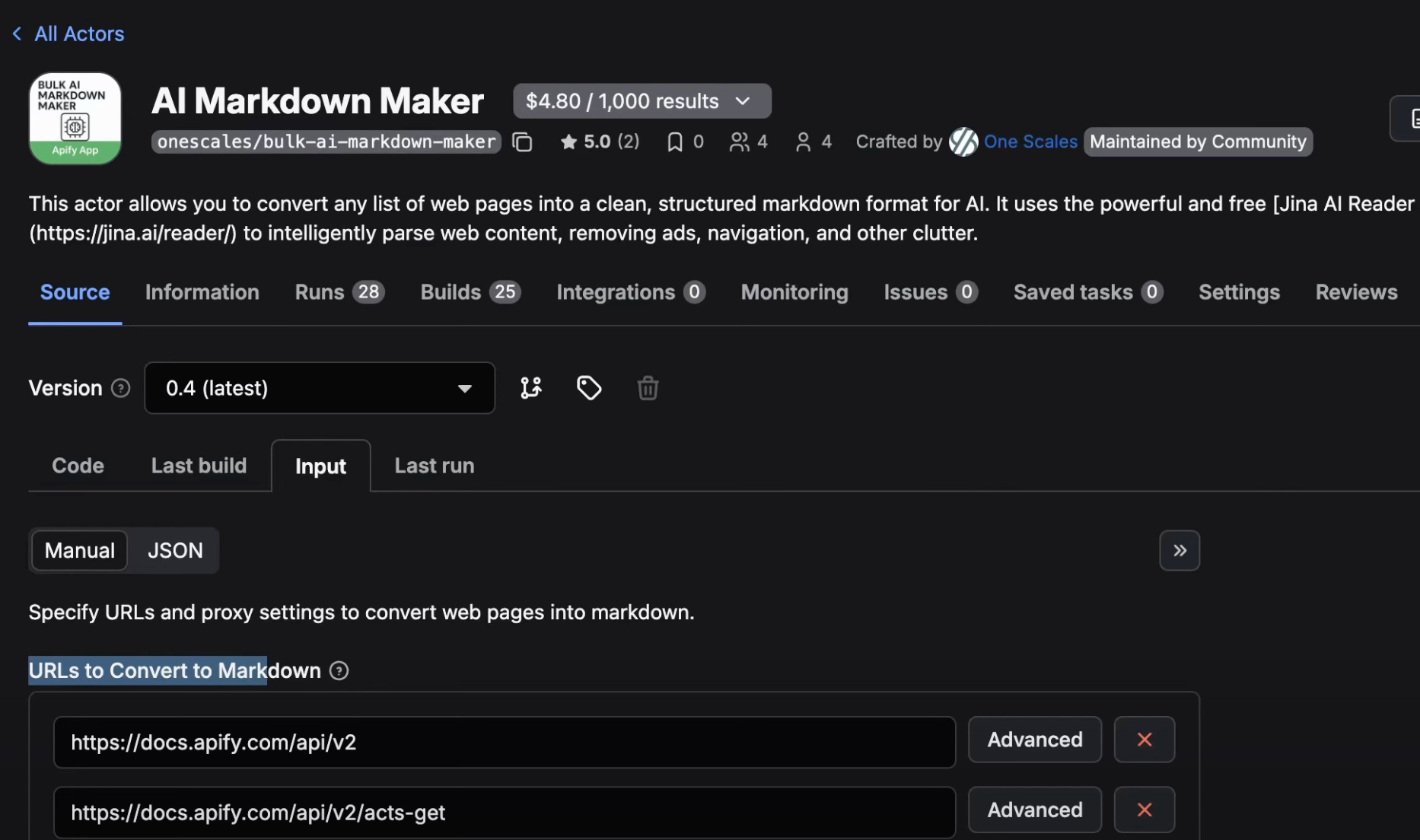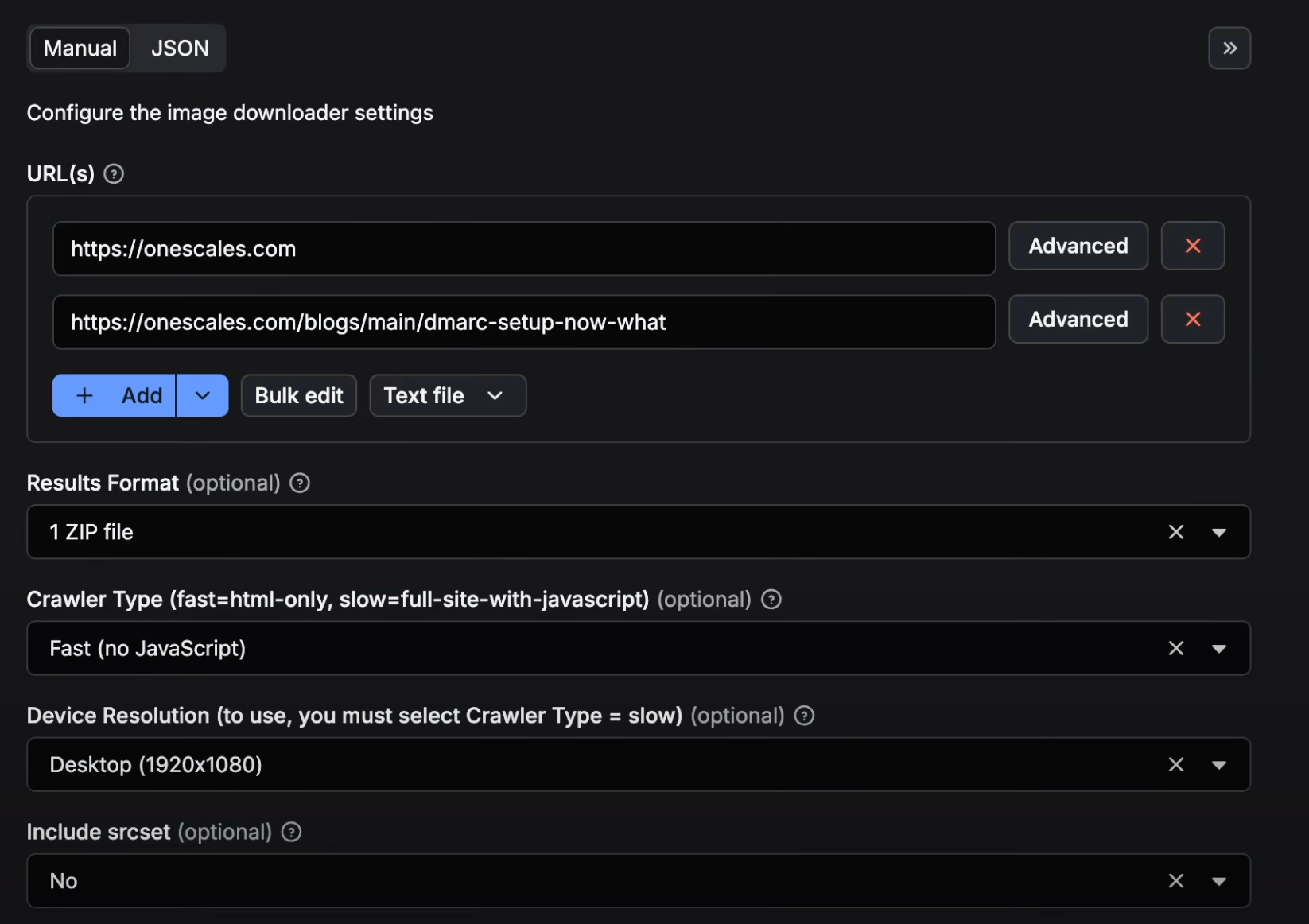Checking HTTP status codes manually for hundreds or thousands of URLs is one of the most tedious tasks in SEO and web development. Whether you're auditing a website migration, hunting down broken links, or analyzing competitor sites, you need a solution that's both powerful and accessible.
That's exactly why we built the Simple HTTP Status Code Checker on Apify – a tool that lets you check unlimited URLs without writing a single line of code.
The Problem with Traditional Methods
Most solutions fall into two extremes:
Free online tools are limited to 10-50 URLs at most, making them useless for serious projects.
Enterprise SEO platforms cost $200-500+ per month and often have complicated interfaces that require extensive training.
Custom scripts require programming knowledge and server setup – not exactly accessible for most marketers and SEO professionals.
We needed something in between: powerful enough for large-scale projects, simple enough for anyone to use, and affordable enough for small businesses and freelancers.
Introducing Our Simple HTTP Status Code Checker
Our tool bridges this gap perfectly. Built on Apify's robust infrastructure, it can handle everything from 2 URLs to 100,000+ URLs while maintaining the simplicity of a point-and-click interface.
Key Features
- Unlimited scalability – Check 2 URLs or 200,000 URLs with the same ease
- Zero coding required – Simple web interface anyone can use
- Comprehensive results – Get status codes plus redirect destinations for 301/302s
- Fast processing – Results in seconds to minutes depending on your list size
- Export-ready – Download CSV files for Excel or Google Sheets analysis
- Cost-effective – Just $1 per 1,000 URLs checked
Step-by-Step Tutorial
Step 1: Access the Tool
- Visit our Simple HTTP Status Code Checker on Apify
- If you don't have an Apify account, register for free (you'll get $5 credit – enough for 5,000 URLs)
- Click "Try it out for free"
Step 2: Prepare Your URL List
Before uploading, ensure your URLs are properly formatted:
- Include the full protocol (https://example.com not just example.com)
- Remove duplicates to avoid unnecessary charges
- One URL per line if copying in bulk
Step 3: Input Your URLs
For Small Lists (Under 20 URLs):
- Use the "Add" button to input URLs one by one
For Large Lists (Recommended):
- Click "Bulk edit"
- Paste your entire URL list (one URL per line)
- Click "Set" to confirm
Step 4: Run the Analysis
- Click "Start" to begin processing
- Monitor the progress bar as URLs are checked
- Processing time varies from seconds (small lists) to minutes (large lists)
Step 5: Export and Analyze Results
Once complete, you'll see results in the interface. For deeper analysis:
- Click "Export"
- Select CSV format
- Download the file
- Open in your preferred spreadsheet application
Understanding Your Results
The exported CSV contains four key columns:
Original URL – The exact URL you submitted for checking
Status Code – The HTTP response code:
- 200: Page loads successfully
- 301: Permanent redirect (good for SEO)
- 302: Temporary redirect (use sparingly)
- 404: Page not found (needs fixing)
- 500: Server error (technical issue)
Redirect URL – For redirects (301/302), shows where the URL actually leads
Response Time – Server response speed in milliseconds
Real-World Use Cases
SEO Site Audits
Identify all 404 errors and redirect chains that could be hurting your search rankings. We regularly use this for client audits and consistently find 10-20% of pages have status code issues.
Website Migrations
Before and after migration checks ensure no URLs are broken in the transition. One client avoided a 30% traffic drop by catching redirect issues we found using this tool.
Competitor Analysis
Monitor competitor site health and identify pages that might be experiencing technical difficulties. This intelligence can inform your content strategy.
Link Building Campaigns
Validate prospect URLs before outreach to ensure you're not pitching broken or redirected sites. This improves response rates and saves time.
Content Quality Assurance
Check all external links in your content to ensure readers aren't hitting dead ends. We recommend quarterly audits for all published content.
Pro Tips for Maximum Efficiency
1. Batch Processing Strategy
For extremely large lists (50,000+ URLs), consider breaking them into batches of 10,000-25,000 URLs. This makes results more manageable and reduces processing time.
2. URL Formatting Best Practices
Always include the protocol (https://). Mixed protocols in your list can lead to inconsistent results and inflated costs from checking the same page twice.
3. Result Analysis Workflow
Sort results by status code to quickly identify issues:
- Start with 404s (immediate fixes needed)
- Review 301 chains (SEO optimization opportunities)
- Check 500 errors (technical issues requiring dev attention)
4. Regular Monitoring Schedule
Set up monthly or quarterly checks for critical pages. We recommend checking your top 100 landing pages monthly and your complete sitemap quarterly.
Cost Analysis: Why This Solution Wins
Let's break down the economics:
Our Solution:
- $1 per 1,000 URLs
- No monthly fees
- $5 free credit for new users
- Pay only for what you use
Enterprise SEO Tools:
- $200-500+ monthly subscriptions
- Often limited bulk checking capabilities
- Complex interfaces requiring training
- Expensive for occasional use
Custom Development:
- $50-100+ hourly development costs
- Server hosting fees
- Maintenance and updates required
- Technical expertise needed
For most use cases, our solution delivers enterprise-level capabilities at a fraction of the cost.
Advanced Features and Limitations
What It Handles Well
- Large-scale URL lists (tested up to 100,000 URLs)
- All major HTTP status codes
- Redirect chain following (up to 10 redirects)
- International domains and subdomains
- Various URL formats and structures
Current Limitations
- Processing very large lists (100,000+ URLs) may take 15-30 minutes
- Some websites with aggressive bot protection may return 403 errors
- Rate limiting may slow processing for certain domains
Getting Started Today
Ready to eliminate the tedium of manual status code checking? Here's your action plan:
- Sign up for your free Apify account at apify.com
- Access our Simple HTTP Status Code Checker
- Upload your first URL list (start with your homepage and key landing pages)
- Analyze the results and fix any issues you discover
- Schedule regular checks to maintain website health








